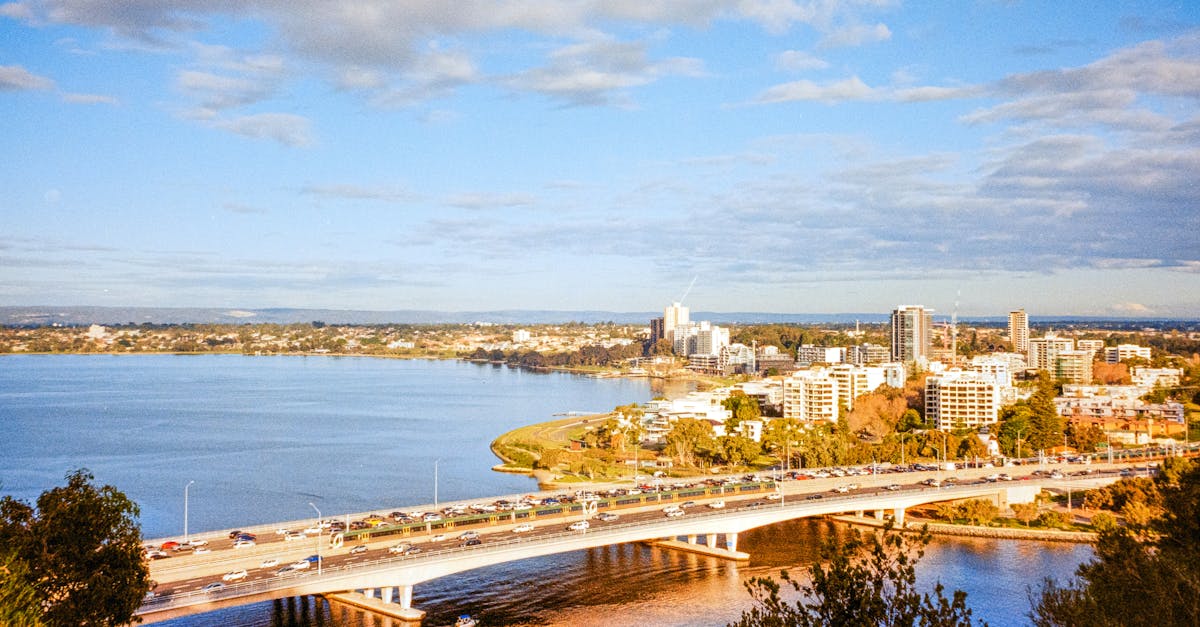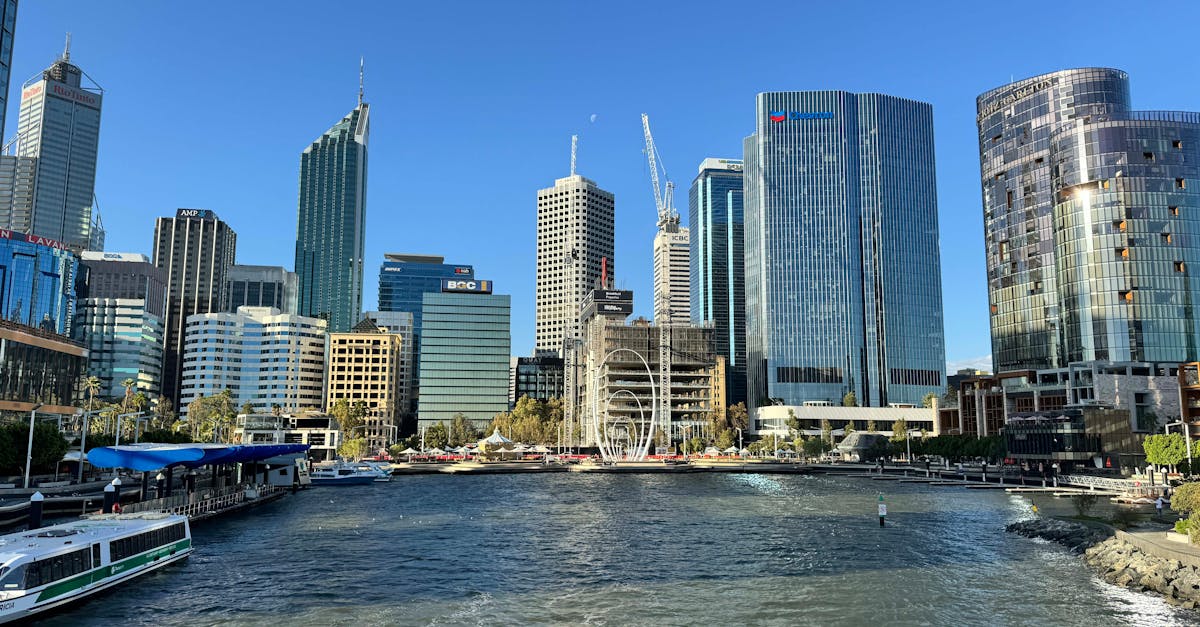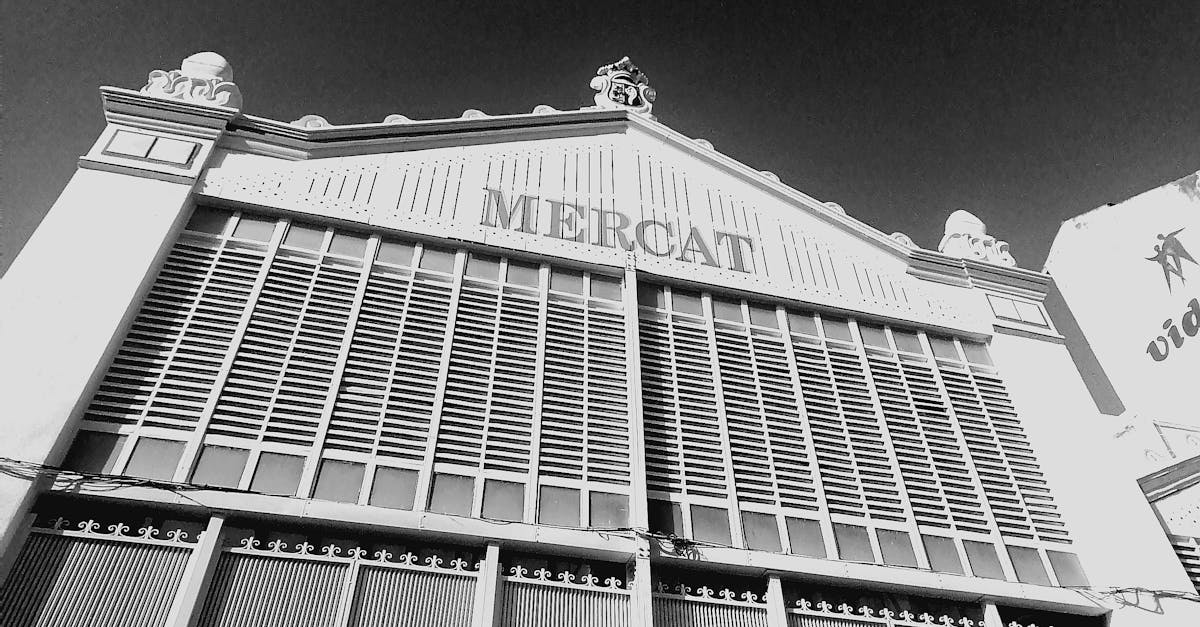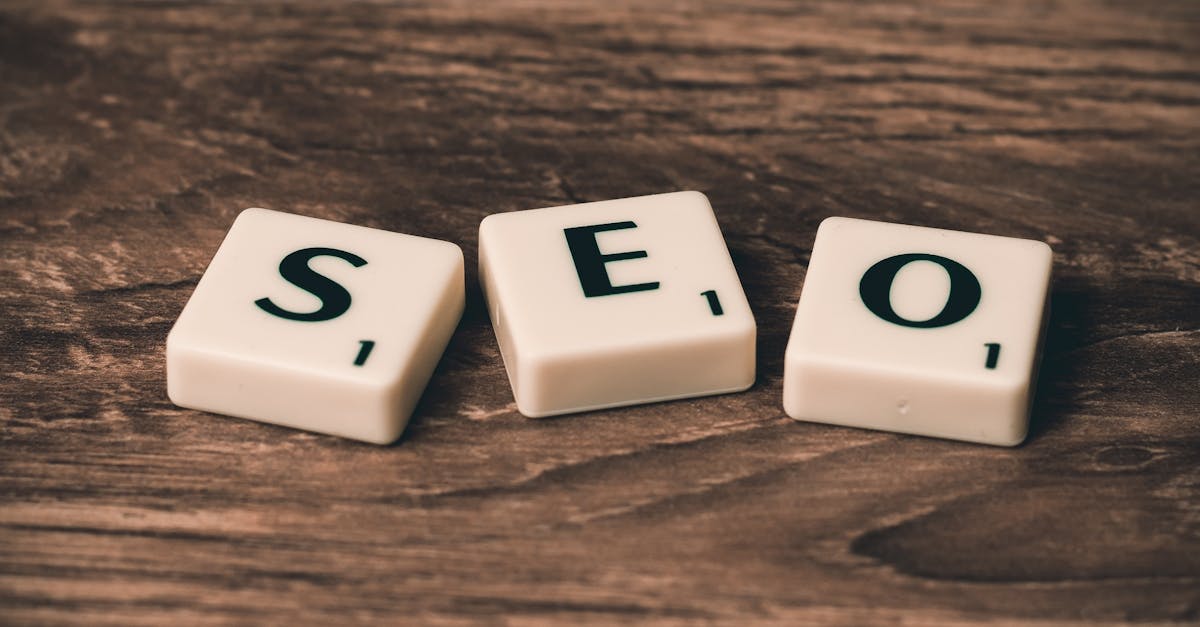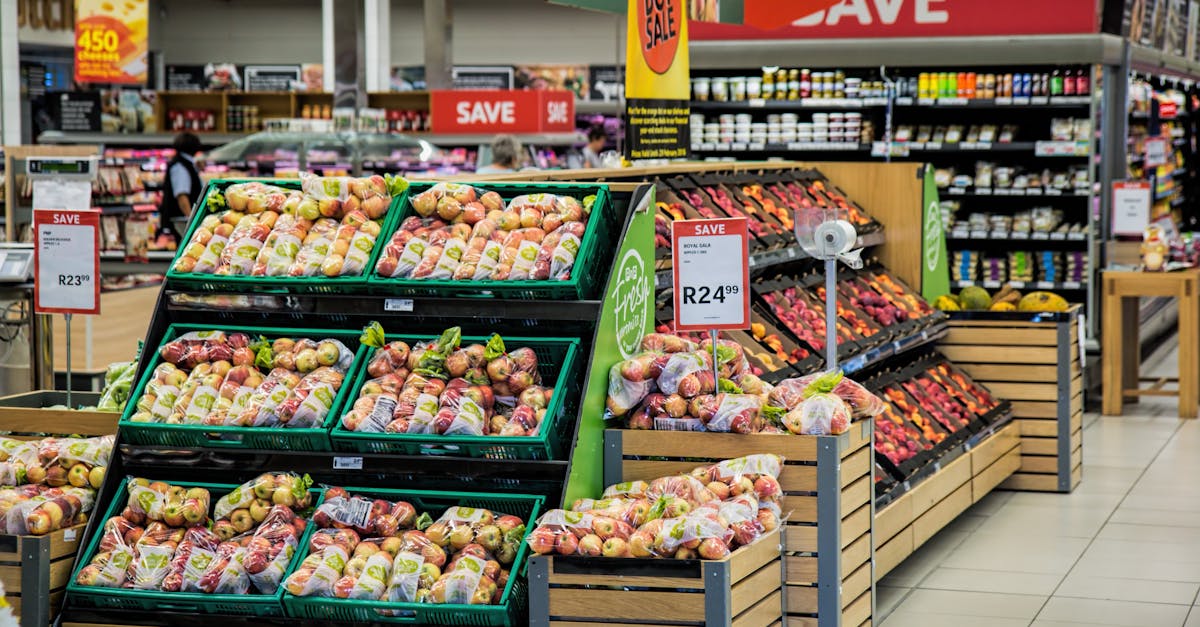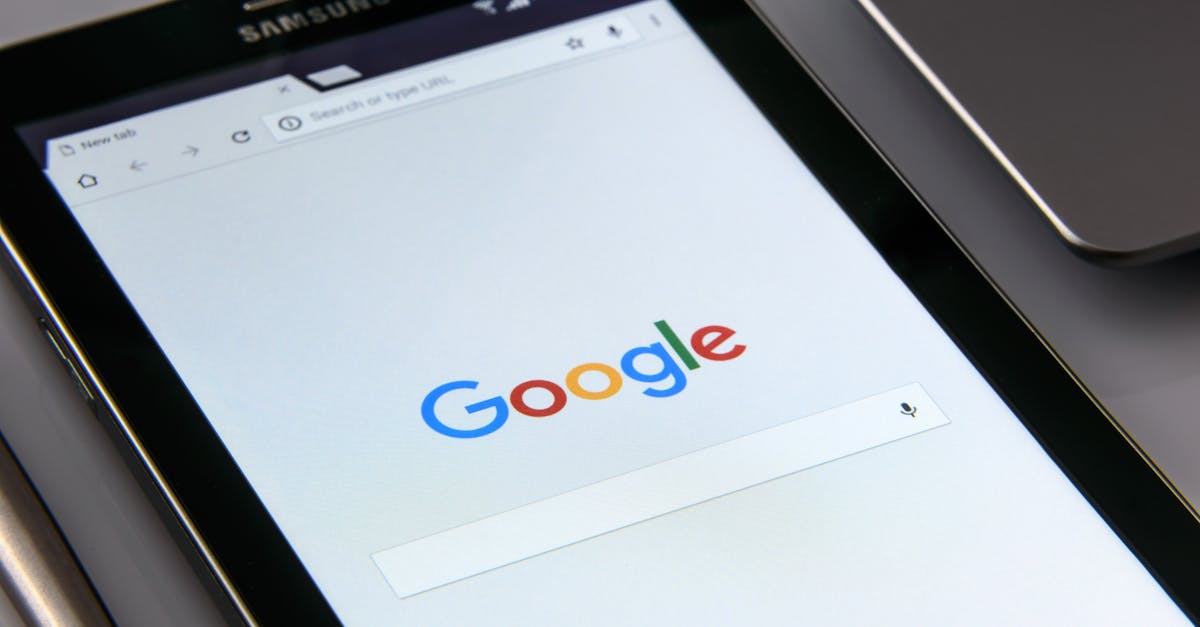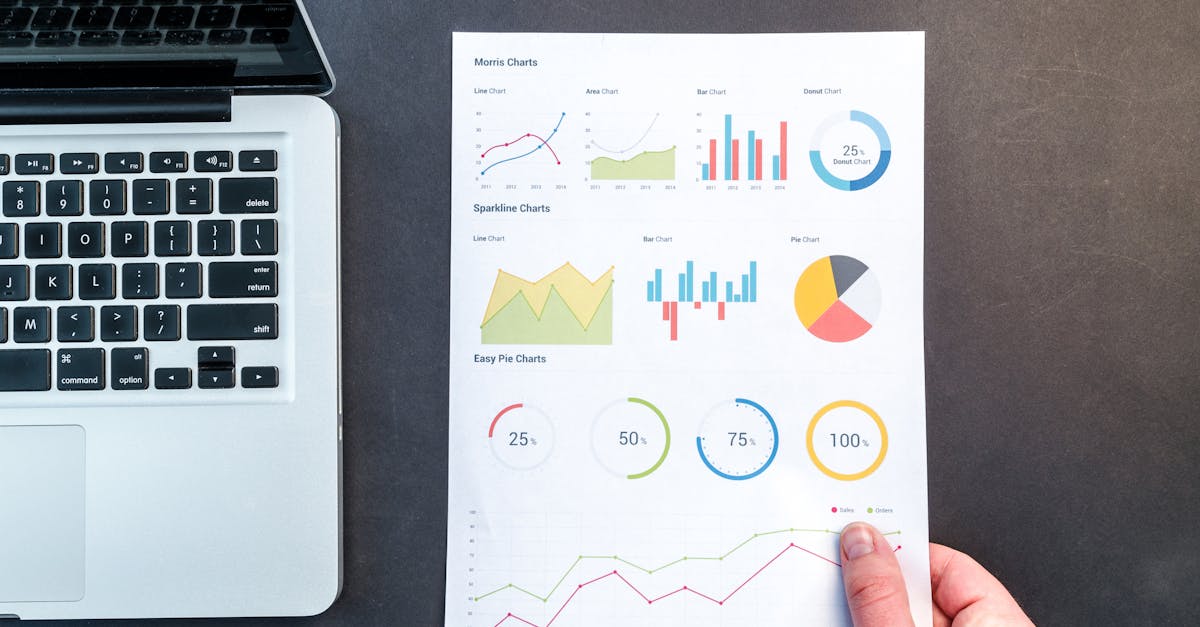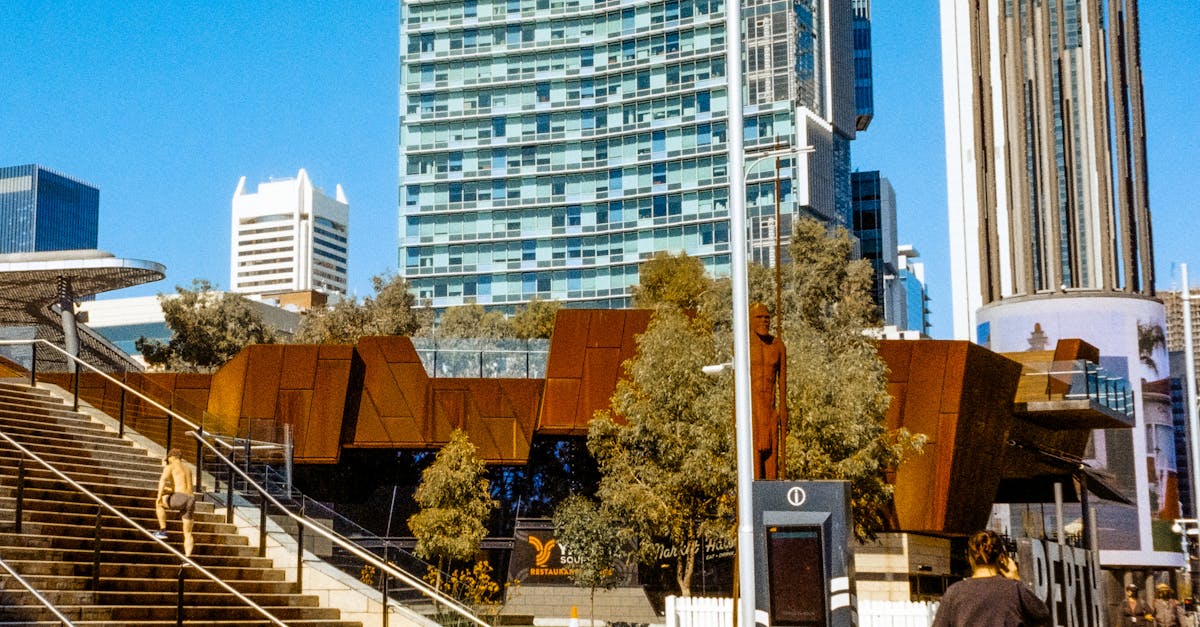
Table Of Contents
Measuring ROI in SEO
Measuring the return on investment (ROI) in SEO can be complex, but it typically focuses on various metrics that indicate the effectiveness of organic search strategies. This includes tracking keyword rankings, organic traffic growth, and conversion rates from organic visitors. Unlike Pay-Per-Click (PPC) Advertising, which provides immediate traffic and measurable outcomes, SEO requires a longer timeframe for results to materialise. Hence, marketers often analyse these metrics over several months to determine the true impact on business.
Evaluating the ROI from SEO also involves assessing the cost-effectiveness of long-term strategies compared to alternatives. While PPC can bring quick results, its costs can accumulate rapidly, making continuous investment necessary to maintain visibility. Organic traffic, on the other hand, offers sustainable benefits once a good ranking is achieved, leading to potential savings in marketing budgets over time. This contrast highlights the importance of a balanced approach that leverages both SEO and PPC Advertising for optimal results.
Assessing Organic Traffic Growth
Evaluating organic traffic growth involves analysing the increase in visitors to a website from search engine results without the influence of paid promotions. A consistent rise in organic traffic typically indicates improved visibility and relevance in search results, reflecting effective search engine optimisation strategies. Various tools can help track this growth, providing insights into traffic sources, user behaviour, and keyword performance. Sustainable organic traffic can yield long-term benefits, making it a valuable metric for assessing the success of SEO efforts.
In contrast, Pay-Per-Click (PPC) Advertising creates immediate visibility by placing ads at the top of search results. While it can drive quick traffic spikes, the effectiveness relies heavily on continuous investment. Once the PPC budget is exhausted, traffic tends to diminish rapidly. This distinction highlights the intrinsic value of organic traffic, which, when nurtured, continues to attract visitors over time without ongoing expenditure, making it a crucial consideration for businesses looking to balance short-term gains with long-term growth.
Competition and Market Influence
Market competition significantly influences the costs associated with Pay-Per-Click (PPC) Advertising. Businesses operating in highly competitive industries often face elevated bid prices for keywords. This can lead to increased advertising expenses, as companies must invest more to secure visibility for their offerings. In contrast, those in less competitive sectors may find more affordable options available, impacting their overall marketing budget and strategy.
Organic search competition also plays a crucial role in shaping digital marketing outcomes. Companies vying for high rankings on search engines can result in intensified efforts to optimise content and improve website authority. As competitors enhance their SEO strategies, businesses may turn to Pay-Per-Click (PPC) Advertising to supplement their visibility in search results. This creates a dynamic environment where both PPC and SEO must be carefully balanced to achieve optimal reach and engagement.
How Competition Affects PPC Costs
Competition plays a significant role in determining the costs associated with Pay-Per-Click (PPC) Advertising. When multiple businesses vie for the same keywords, the heightened competition can drive up the bid prices. Advertisers must evaluate the value of their ads against competitors to optimise their strategies. This dynamic can lead to fluctuating costs, especially in industries where keywords are in high demand and the advertiser’s budget directly impacts their ad placement.
Understanding this competitive landscape is crucial for businesses considering Pay-Per-Click (PPC) Advertising. Companies may find themselves needing to adjust their advertising budgets frequently to remain competitive. A well-defined strategy can help mitigate costs and better align spending with the potential for conversion, ensuring that budget allocation is both effective and efficient. Careful analysis of competitors can provide insights into bidding patterns, allowing advertisers to navigate costs more effectively.
Organic Traffic vs. Paid Traffic
Organic traffic and paid traffic play crucial roles in a digital marketing strategy. Organic traffic is generated through search engines without direct costs per click, leading to long-term visibility and authority over time. It requires ongoing effort in optimising content and improving site performance. Businesses can benefit from higher credibility since users often trust organic results more than paid ones.
On the other hand, Pay-Per-Click (PPC) Advertising offers immediate visibility on search engines. It allows for targeting specific demographics and keywords, driving traffic quickly to a website. However, this visibility is temporary and ceases once advertising spends stop. PPC can be expensive, depending on competition, while organic traffic provides a cost-effective long-term acquisition strategy that can yield substantial returns if maintained effectively.
Benefits of Sustainable Organic Growth
Sustainable organic growth offers several advantages for businesses looking to establish a robust online presence. As website authority builds through quality content and valuable user engagement, search engines tend to rank these sites higher over time. This not only increases visibility but also drives consistent traffic without the ongoing financial commitment required for Pay-Per-Click (PPC) Advertising campaigns. Organic traffic is often more engaged, leading to higher conversion rates and lower bounce rates, which are critical for long-term success.
Furthermore, investing in SEO can yield compounding returns. Unlike PPC, where visibility ends as soon as you stop funding ads, the benefits of organic search persist beyond the initial effort. With a strong foundation in place, businesses can enjoy free traffic from search engines for an extended period. This can free up resources to be redirected into other areas, such as content development or customer service, ultimately enhancing overall business sustainability. The longevity of SEO makes it a valuable complement to tactics like Pay-Per-Click (PPC) Advertising, providing balance and stability in marketing strategies.
FAQS
What is the main difference between PPC and SEO?
PPC (Pay-Per-Click) is a paid advertising model where advertisers pay for clicks on their ads, while SEO (Search Engine Optimisation) focuses on organically improving rankings in search engine results without direct costs per click.
Is PPC generally more expensive than SEO?
It depends on various factors, including industry competition and target keywords. In many cases, PPC can be more expensive due to ongoing costs, while SEO can be seen as a long-term investment that builds over time.
How do I measure ROI for SEO campaigns?
ROI for SEO can be measured by tracking organic traffic growth, conversion rates, and the value of leads generated over time, often using tools like Google Analytics to gauge performance.
Can I use PPC and SEO together?
Yes, using PPC and SEO together can be an effective strategy. While SEO builds long-term organic traffic, PPC can provide immediate visibility and traffic, allowing businesses to maximise their online presence.
How does competition affect the costs of PPC?
Higher competition for specific keywords can increase PPC costs, as more advertisers bid for the same ad space. This can lead to higher cost-per-click rates in competitive markets.


